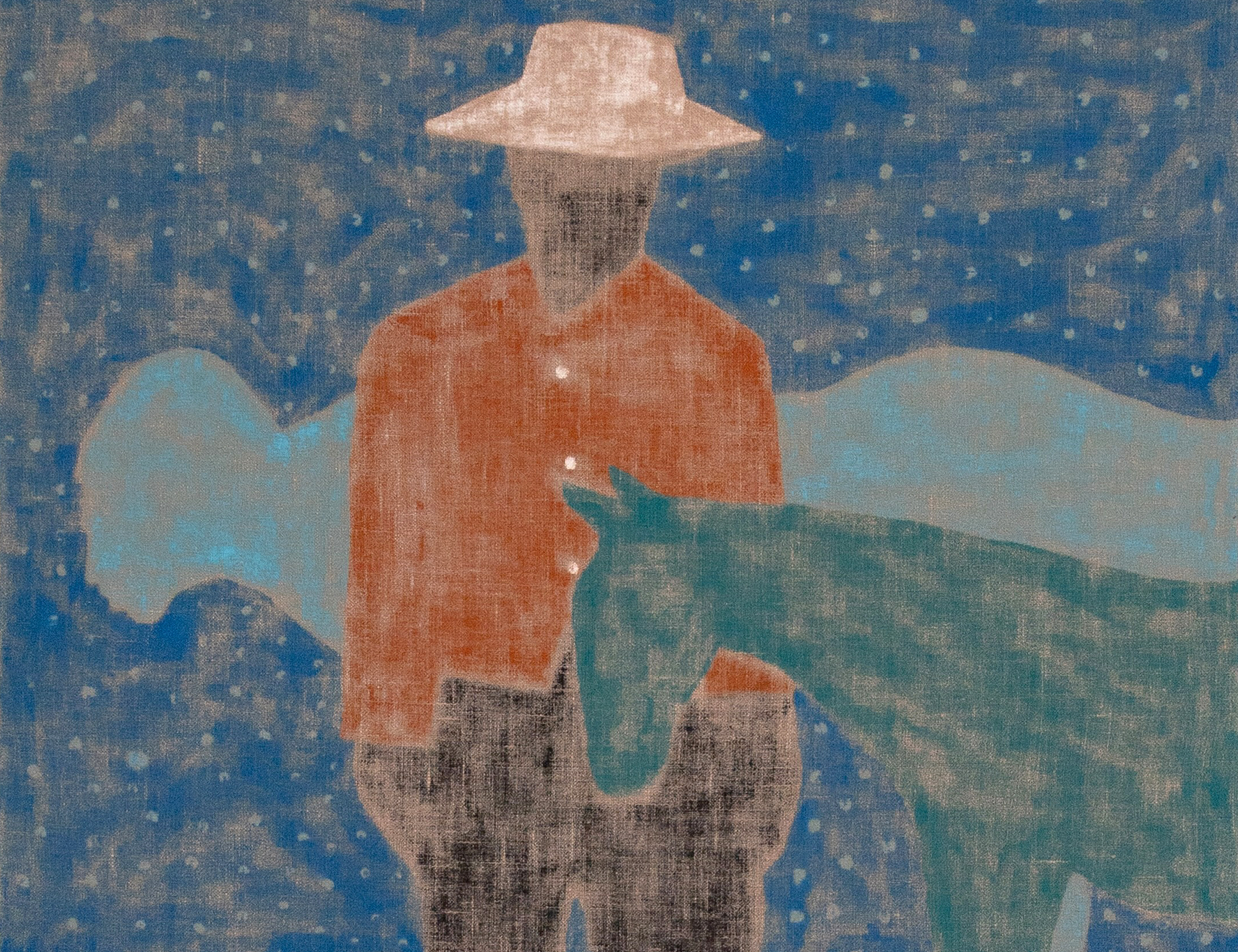Mark Maurangi Carrol
Islands not to scale (maru a’o) – Act II
Lismore Regional Gallery
5 September – 16 November 2025
Islands not to scale (maru a’o) – Act II
Lismore Regional Gallery
5 September – 16 November 2025
Works
Installation views
Press release
Islands not to scale (Maru a’o), is the second act in Mark Maurangi Carrol’s three-part series exploring scale, representation, and diasporic memory from a Pacific perspective. Following his 2024 residency at the Cité Internationale des Arts in Paris and a return to Rarotonga in early 2025, Carrol builds on the ideas of Ueata, turning his attention to light and visibility and how illumination can both reveal and conceal histories. Shifting cultural memory through different frames of representation.
The subtitle Maru a’o, meaning “the shadows of the light of day” in Te Reo Ipukarea, guides this chapter. Where Ueata reflected on photography’s legacy of “capturing shadows,” this act looks at illumination itself: how daylight makes some things legible while leaving others obscured. For Carrol, light is both material and metaphor – part of his painting process and a way of thinking about how Pacific experience is mediated through colonial and diasporic perspectives.
The exhibition brings together a suite of new paintings where scale becomes both subject and material. Small works of bricks suggest physical and psychological borders imposed by land ownership. In contrast, large seascapes, palm-lined horizons, and silhouetted figures assert the expansiveness of Pacific worlds. A suburban clothesline appears as a strange, placeless form: an everyday object detached from geography, hovering between the familiar and the unsettled. Other works show satellite dishes, markers of global communication. These images speak to the paradox of hyper-connectivity – signals that cross oceans instantly, even as histories of displacement and disconnection endure. Carrol draws on his own photographs alongside archival material, weaving together memory and history. Family members net-fishing on the Titikaveka coastline, Te Rua Manga –Rarotonga’s highest peak, still used by fishermen as a guide offshore and the imagery of horses, once central to farming but now nearly extinct on the island, all appear as fragments of a shifting archive. These images are part record, part poetic reconstruction.
The exhibition also extends into sculpture and installation. Palm stumps act as plinths, stacked with palm seed tins. Carrol paints over their advertising text, obscuring some words while revealing others to create new sentences and contexts. This act of covering and uncovering speaks to the politics of language and how words have been suppressed under colonial rule, but also how fragments can be reassembled to generate new meaning. One wall installation arranges five altered corned beef tins, repainted to read “NEW LAND,” in the shape of the Southern Cross. Often used as a nationalist symbol in Australia, the constellation here is reclaimed as an ancestral navigational tool – the stars that once guided movement between Pacific islands. Both language and constellation become contested sites, where meaning is erased, withheld, or reimagined.
Through these layered gestures, Islands not to scale (Maru a’o) resists fixed narratives. Light, scale, and material become ways of thinking through diaspora: how belonging is shaped by visibility and omission, by connection and rupture. Rather than fixing a single image of the Pacific, Carrol offers a shifting cartography that holds memory, language, and landscape in constant transformatio
